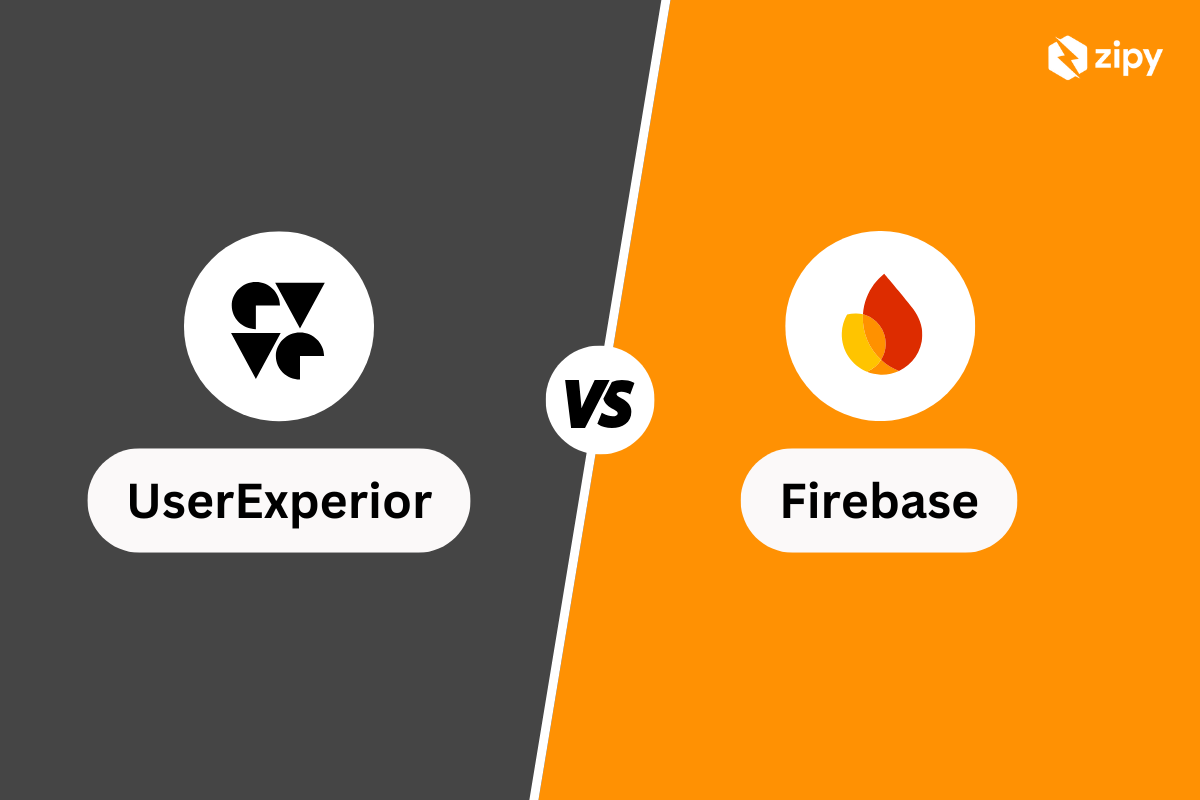Introduction
Welcome, Android developers! Whether you're new to the scene or a seasoned pro, you've likely encountered the infamous NumberFormatException in your Java Android development journey. This article delves into the causes, examples, and solutions for this common but sometimes perplexing issue. Stick around for some coding wisdom that might just save your day!
Catch errors proactively with Zipy. Sign up for free!
Try Zipy now
Understanding NumberFormatException in Java Android
At its core, a NumberFormatException in Java Android occurs when an application tries to convert a string into a numeric type, like an integer or a float, but the string doesn't have an appropriate format. Let's demystify this exception with practical scenarios and fixes to keep your app running smoothly.
Scenario 1
Error code
String example = "100A";
int number = Integer.parseInt(example); // This line throws NumberFormatException
Corrected code
String example = "100A";
int number;
try {
number = Integer.parseInt(example.replaceAll("[\\\\D]", "")); // Corrected by removing non-digits
} catch (NumberFormatException e) {
number = 0; // Handle exception if needed
}
Solution Summary
In this scenario, the string contains non-numeric characters, causing the NumberFormatException. By using a regex to remove any non-digit characters before parsing, we prevent the error.
Scenario 2
Error code
String example = "9999999999";
int number = Integer.parseInt(example); // This line throws NumberFormatException due to overflow
Corrected code
String example = "9999999999";
long number; // Use a larger data type
try {
number = Long.parseLong(example); // Corrected by changing to long for larger numbers
} catch (NumberFormatException e) {
number = 0L; // Handle exception if needed
}
Solution Summary
The error arises from an overflow when the number exceeds the range of the target type (int). Switching to a long can accommodate larger numbers, thus avoiding the exception.
Scenario 3
Error code
String example = null;
int number = Integer.parseInt(example); // This line throws NumberFormatException
Corrected code
String example = null;
int number;
try {
number = example != null ? Integer.parseInt(example) : 0; // Check for null to avoid NFE
} catch (NumberFormatException e) {
number = 0; // Handle exception if needed
}
Solution Summary
Attempting to parse a null string leads to NumberFormatException. The fix involves checking for null before parsing to ensure the string is valid for conversion.
Handling NumberFormatException in Java Android
To handle NumberFormatException effectively, employ try-catch blocks around parsing methods, validate and sanitize input strings, and consider the appropriate numerical type for your data. These strategies can significantly reduce runtime errors and enhance your app's resilience.
Proactive Error Debugging with Zipy
While manual debugging is crucial, leveraging tools like Zipy can transform your debugging process. Zipy offers proactive error monitoring and user session replay capabilities, making it easier to identify and fix runtime Java Android errors. Discover more about how Zipy can streamline your error handling at Zipy's website.
Debug and fix code errors with Zipy Error Monitoring.
Sign up for free
Conclusion
NumberFormatException in Java Android can be a stumbling block, but with the right knowledge and tools, it's entirely manageable. By understanding its causes and implementing strategic solutions, you can ensure your apps are more robust and user-friendly.
Resources on how to debug and fix Java Android errors
- 9 Java Android errors to look for: A comprehensive debugging guide for Java in Android
- Java error handling in Android for Android Developers | Zipy AI
- How to handle Java Android NullPointerException?
- How to handle Java Android ArrayIndexOutOfBoundsException?
- How to handle Java Android ClassCastException?
- How to handle Java Android IllegalArgumentException?
- How to handle Java Android IllegalStateException?
- How to handle Java Android OutOfMemoryError?
- How to handle Java Android SecurityException?
- How to handle Java Android NetworkOnMainThreadException?
Frequently Asked Questions
How can I preventNumberFormatException in my Android app?
Ensure your input strings are properly validated and sanitized before attempting to parse them into numbers. Employ regular expressions to clean data and use try-catch blocks for error handling.
What is the best practice for parsing strings to numbers in Java Android?
Best practices include using try-catch blocks to handle potential exceptions, validating and sanitizing input strings, and choosing the correct numeric type to avoid overflow issues.
CanNumberFormatException be thrown by methods other thanparseInt andparseFloat?
Yes, methods like valueOf in wrapper classes (e.g., Integer.valueOf(string)) can also throw NumberFormatException if the input string is not properly formatted.
How does Zipy help in debuggingNumberFormatException errors?
Zipy aids by providing proactive error monitoring and user session replay, enabling developers to see the exact conditions under which an error occurred, thus facilitating quicker and more accurate debugging.
Is it possible to handle allNumberFormatExceptions globally in an Android application?
While global error handling can catch uncaught exceptions, it's advisable to handle NumberFormatExceptions locally where parsing occurs for more precise control and error management.
Key takeaways
- Validate and sanitize input strings to prevent
NumberFormatExceptionfrom occurring due to invalid formats or characters. - Use try-catch blocks around parsing methods to gracefully handle errors and maintain app stability.
- Consider the range of data types (e.g., int vs. long) to avoid overflow errors when parsing large numbers.
- Leverage tools like Zipy for proactive error monitoring and debugging, enhancing your error resolution process.
.svg)





.png)
.png)




.webp)